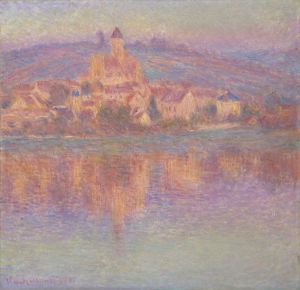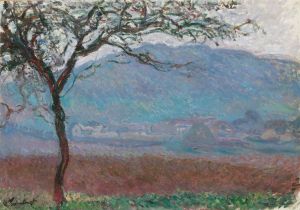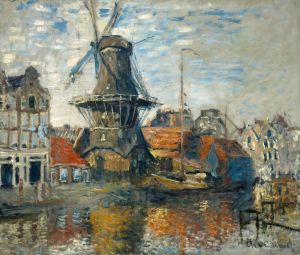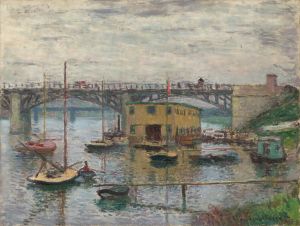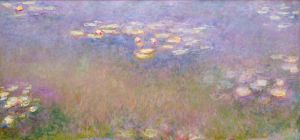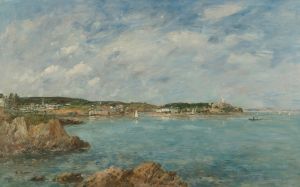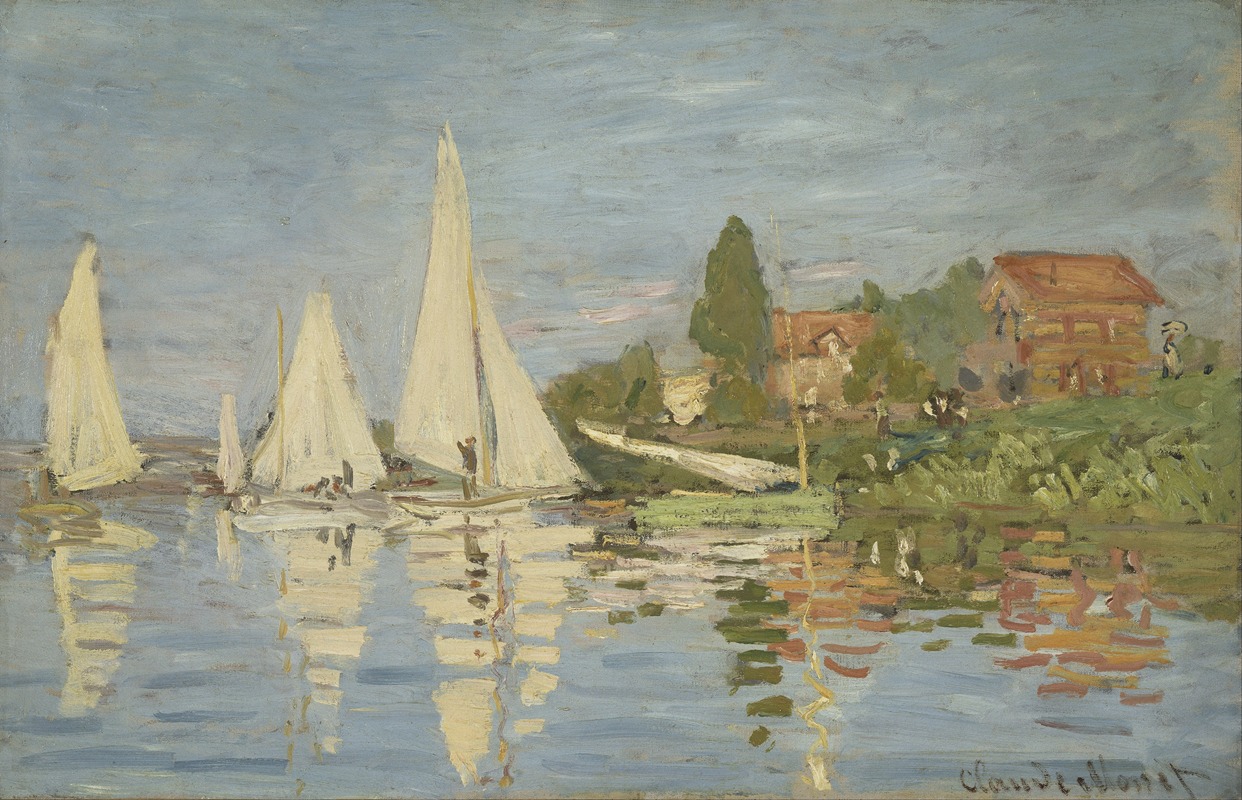
Regattas at Argenteuil
A hand-painted replica of Claude Monet’s masterpiece Regattas at Argenteuil, meticulously crafted by professional artists to capture the true essence of the original. Each piece is created with museum-quality canvas and rare mineral pigments, carefully painted by experienced artists with delicate brushstrokes and rich, layered colors to perfectly recreate the texture of the original artwork. Unlike machine-printed reproductions, this hand-painted version brings the painting to life, infused with the artist’s emotions and skill in every stroke. Whether for personal collection or home decoration, it instantly elevates the artistic atmosphere of any space.
"Regattas at Argenteuil" is a celebrated painting by the renowned French Impressionist artist Claude Monet. Completed in 1872, this work is a quintessential example of Monet's innovative approach to capturing light and movement, which became a hallmark of the Impressionist movement.
The painting depicts a regatta on the Seine River at Argenteuil, a small town near Paris where Monet lived from 1871 to 1878. Argenteuil was a popular spot for boating and leisure activities during the late 19th century, attracting many Parisians seeking respite from the bustling city. Monet's choice of this location reflects his interest in modern life and leisure, themes that were central to the Impressionist movement.
In "Regattas at Argenteuil," Monet captures the vibrant atmosphere of the event with his characteristic loose brushwork and vivid color palette. The painting features a series of sailboats gliding across the shimmering water, their sails billowing in the wind. The composition is dynamic, with the boats arranged diagonally across the canvas, leading the viewer's eye into the scene. Monet's use of light is particularly striking; he skillfully renders the reflections of the boats and the play of sunlight on the water, creating a sense of immediacy and movement.
Monet's technique in this painting exemplifies the Impressionist focus on capturing a fleeting moment in time. Rather than detailing every aspect of the scene, Monet emphasizes the overall impression, using quick, visible brushstrokes to convey the essence of the regatta. This approach was revolutionary at the time, challenging traditional artistic conventions that prioritized detailed realism.
The painting also reflects Monet's interest in the effects of light and atmosphere, a theme he explored throughout his career. In "Regattas at Argenteuil," the interplay of light and shadow is evident in the way the sunlight dances across the water and the sails, creating a lively and ephemeral quality. This focus on light and its changing effects was a central concern for Monet and his fellow Impressionists, who sought to capture the transient beauty of the natural world.
"Regattas at Argenteuil" is housed in the Musée d'Orsay in Paris, where it is part of a significant collection of Impressionist works. The painting is highly regarded for its innovative technique and its ability to convey the joy and vitality of a summer day on the Seine. It stands as a testament to Monet's skill as a painter and his pivotal role in the development of Impressionism.
Overall, "Regattas at Argenteuil" is a masterful example of Monet's ability to capture the essence of a moment through his innovative use of color, light, and composition. The painting continues to be celebrated for its beauty and its contribution to the Impressionist movement, offering viewers a glimpse into the leisurely pursuits of 19th-century France and the artistic innovations that defined an era.






